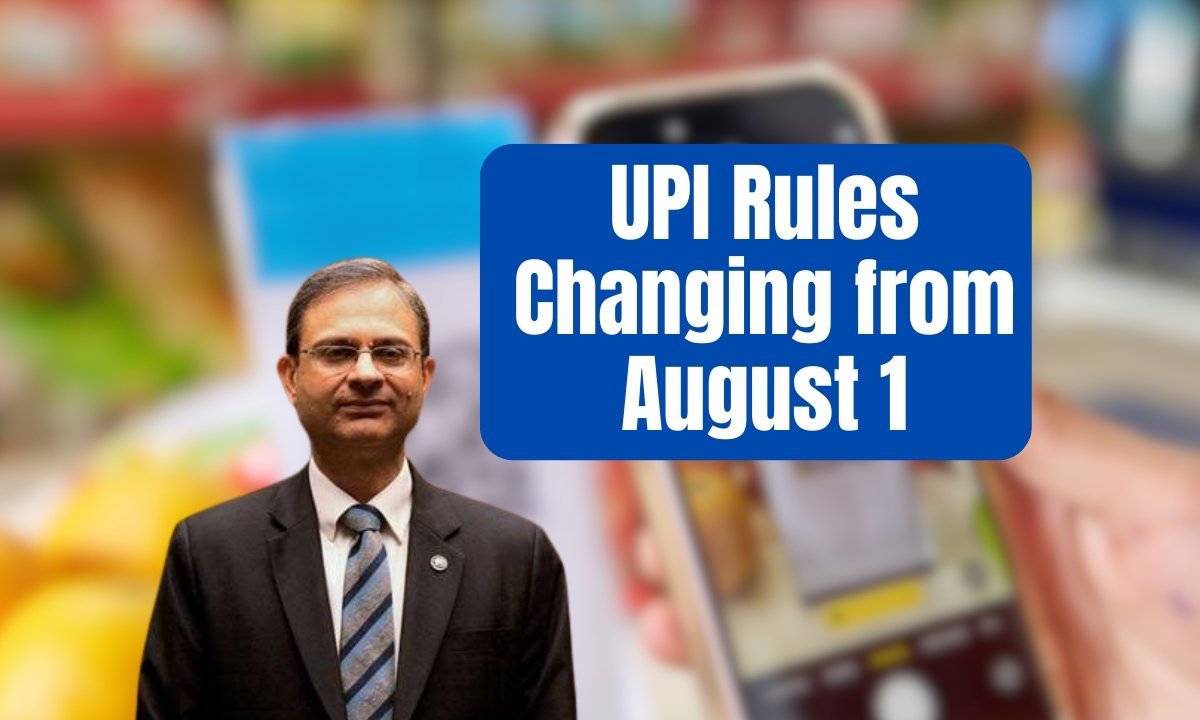2025 From August 1, 2025, the NPCI will undertake changes in the UPI system, affecting its million users who transact through apps like Paytm, PhonePe, and Google Pay in their day-to-day lives. To enhance the speed, security, and reliability of UPI while lessening undue strain on the infrastructure due to heavy API requests, the rule modifications are being contemplated. The newer rules have been summarized below along with their effects on end-users.
Limit On Balance Checks
The system slowdowns, especially during peak hours, were observed to be mostly caused due to frequent balance checking, as per NPCI. To lessen the load on servers, NPCI has imposed a daily limit of 50 balance checks per UPI app. So users can check their account balance up to 50 times on each app-a user can check 50 times on PhonePe and another 50 on Paytm if using two apps. So this limitation sets users thinking twice about their checking habits and keeps the transaction processing on smoother grounds.
Restriction On Viewing Linked Bank Accounts
Users will be restricted to only 25 views in a day for bank accounts linked to their mobile number, per app. This step curtails the unnecessary API calls that are generated when users keep checking linked accounts, thereby putting strain on the under-resourced UPI infrastructure. Of course, this strategy may require a person with multiple bank accounts via UPI to use the feature more judiciously so as to not hit the quota limit in one given day.
Transaction Status Check Constraints
Further upgrades in system efficiency have led NPCI to implement a new rule whereby a user will be allowed to check the status of the transaction only thrice and with an interval of 90 seconds between each such check. This is aimed at reducing system clogging, brought about by users repeatedly refreshing transaction statuses, which eventually impedes processing. Once a transaction’s status remains obscured after three written checks, then the accused are encouraged to report to the customer service for resolution rather than submitting further requests to clog the system.
Autopay Scheduling Adjustments
Autopay mandates for recurring payments, such as for subscriptions (e.g., Netflix, Amazon Prime), EMIs, or SIPs, shall be accepted only during non-prime hours: before 10 AM, after 1 PM and before 5 PM, and after 9:30 PM. The idea behind this schedule is to avoid all transactions clustered at one particular time, thereby alleviating congestion during peak business hours. Autopay users might witness slight delays in the processing of payments while the other regular transactions such as mobile recharges shall be carried out smoothly without any hindrance.
Why Were These Changes Made?
The UPI system is handling 16 billion transactions every month, with 7,000 transactions occurring every second. In April and May 2025, NPCI noted instances of frequent outages and delays due to excessive balance checks and transaction status refreshes. The intention behind these new rules is to stabilize the system by reduction of unnecessary API calls so that transactions could go through faster and more reliably. These changes also complement other enhancements such as displaying the payee’s registered name before payment (introduced on June 30, 2025), and limiting the number of chargebacks to 10 per 30 days (determined in December 2024).
Also Read:8th Pay Commission Update: Salary Hike May Disappoint Central Govt Employees
